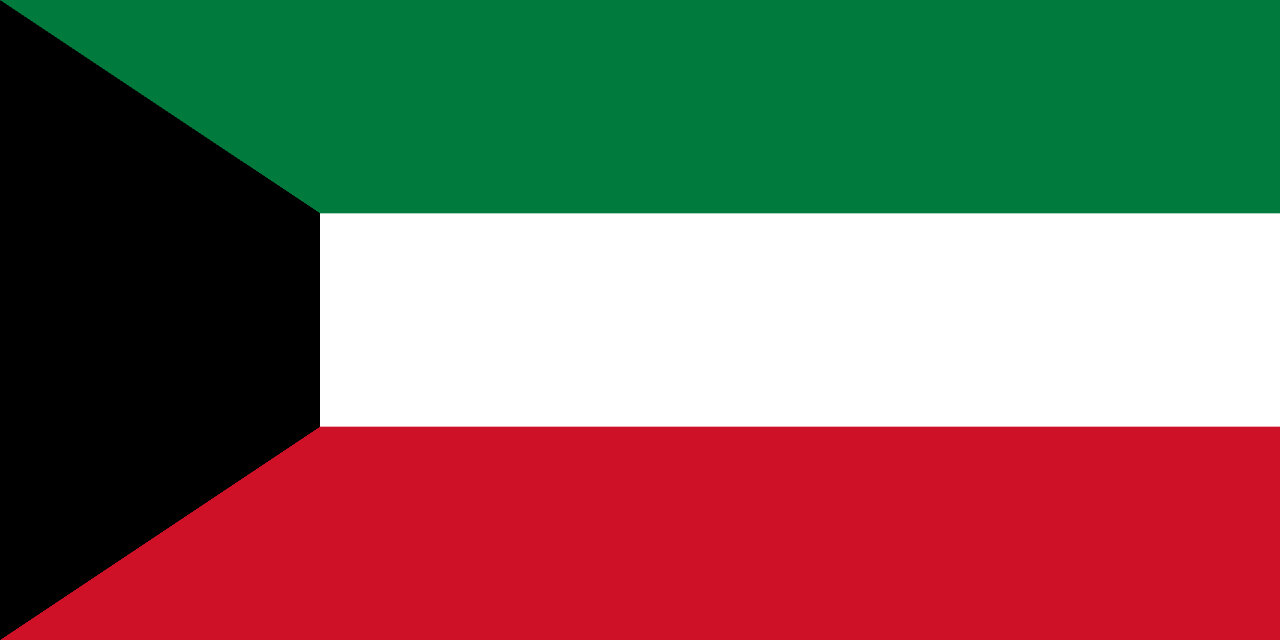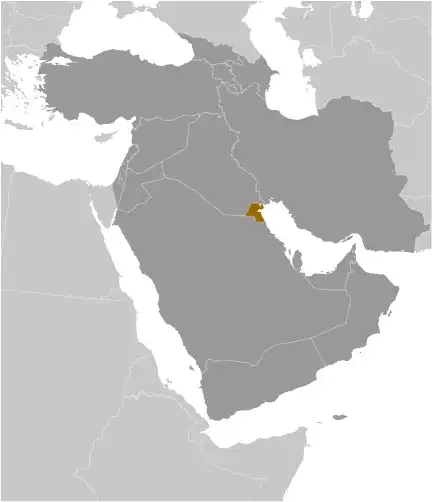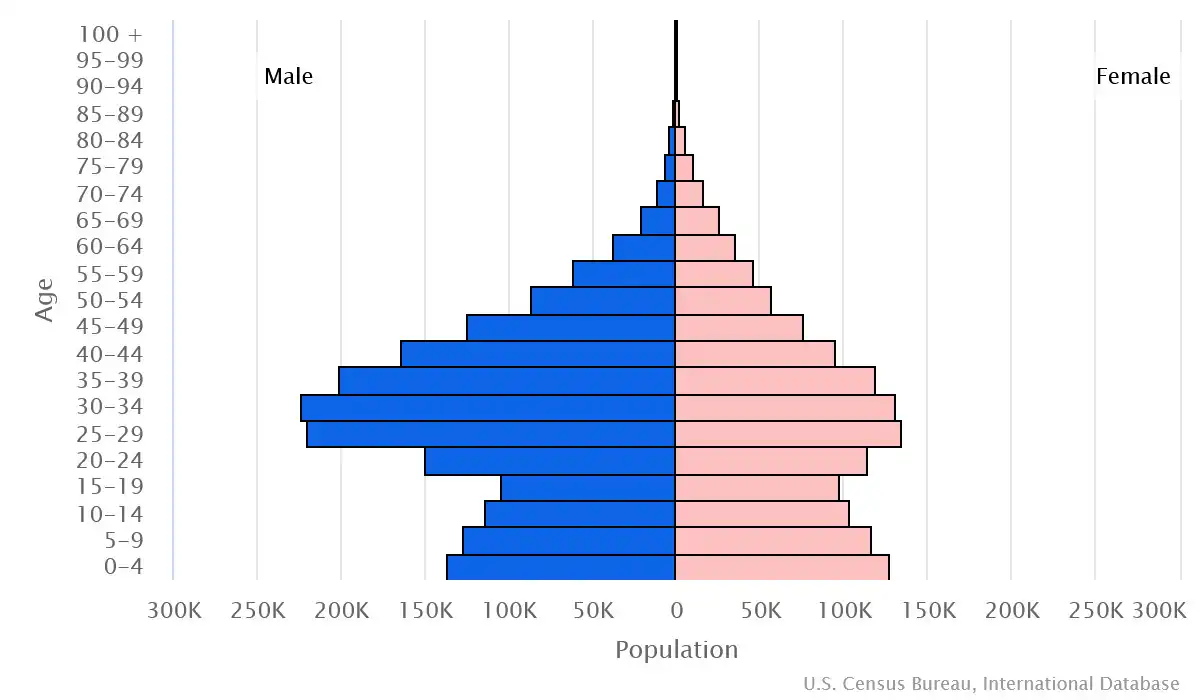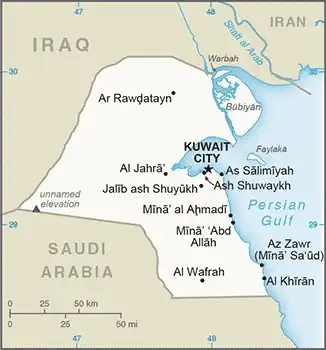
Kuwait Country Profile
Key Facts of Kuwait

| Government type: | constitutional monarchy (emirate) |
| Capital: | Kuwait City |
| Languages: | Arabic (official), English widely spoken |
Kuwait Demographic Data
Ethnic Groups in Kuwait(2018 est.)
Religious Groups in Kuwait (2013 est.)
Age pyramid of Kuwait

Kuwait Economy Statistics
Economic overview of Kuwait
small, high-income, oil-based Middle East economy; renewable energy proponent; regional finance and investment leader; maintains oldest sovereign wealth fund; emerging space and tourism industries; mid-way through 25-year development program
Kuwait Real GDP (purchasing power parity) in Billion $
Kuwait Real GDP per capita in $
Kuwait's Exports & Imports in billion $
Top 5 Import Partnerin 2022 (56%) of Kuwait
Top 5 Import Commodities in 2022 of Kuwait
- cars 🚗
- gold 💰
- jewelry 💍
- garments 👕
- packaged medicine 💊
Top 5 Export Partnerin 2022 (66%) of Kuwait
Top 5 Export Commodities in 2022 of Kuwait
- crude petroleum 🛢️
- refined petroleum ⛽
- hydrocarbons 🛢️
- natural gas 💨
- acyclic alcohols 🍶
Geography of Kuwait
Map of Kuwait

Land and Water Distrubtion of Kuwait
Natural Resources of Kuwait
- petroleum 🛢️
- fish 🐟
- shrimp 🦐
- natural gas 💨
Climate inKuwait
dry desert; intensely hot summers; short, cool winters
History of Kuwait - a Summary
Kuwait has been ruled by the AL-SABAH dynasty since the 18th century. The threat of Ottoman invasion in 1899 prompted Amir Mubarak AL-SABAH to seek protection from Britain, ceding foreign and defense responsibility to Britain until 1961, when the country attained its independence. Iraq attacked and overran Kuwait in 1990. After several weeks of aerial bombardment, a US-led UN coalition began a ground assault in 1991 that liberated Kuwait in four days. In 1992, the Amir reconstituted the parliament that he had dissolved in 1986. Amid the 2010-11 uprisings and protests across the Arab world, stateless Arabs known as Bidoon staged small protests demanding citizenship, jobs, and other benefits available to Kuwaiti nationals. Other demographic groups, notably Islamists and Kuwaitis from tribal backgrounds, soon joined the growing protest movements, which culminated with the resignation of the prime minister amid allegations of corruption. Demonstrations renewed in 2012 in response to a decree amending the electoral law that lessened the voting power of the tribal blocs.
An opposition coalition of Sunni Islamists, tribal populists, and some liberals largely boycotted legislative elections in 2012 and 2013, which ushered in a legislature more amenable to the government's agenda. Faced with the prospect of painful subsidy cuts, oppositionists and independents actively participated in the 2016 election, winning nearly half the seats, but the opposition became increasingly factionalized. Between 2006 and his death in 2020, the Amir dissolved the National Assembly on seven occasions and shuffled the cabinet over a dozen times, usually citing political stagnation and gridlock between the legislature and the government.
The current Amir, who assumed his role in 2020, launched a "National Dialogue" in 2021 meant to resolve political gridlock. As part of this initiative, the Amir pardoned several opposition figures who had been living in exile, and they returned to Kuwait. Legislative challenges remain, and the cabinet has been reshuffled six times since 2020.
